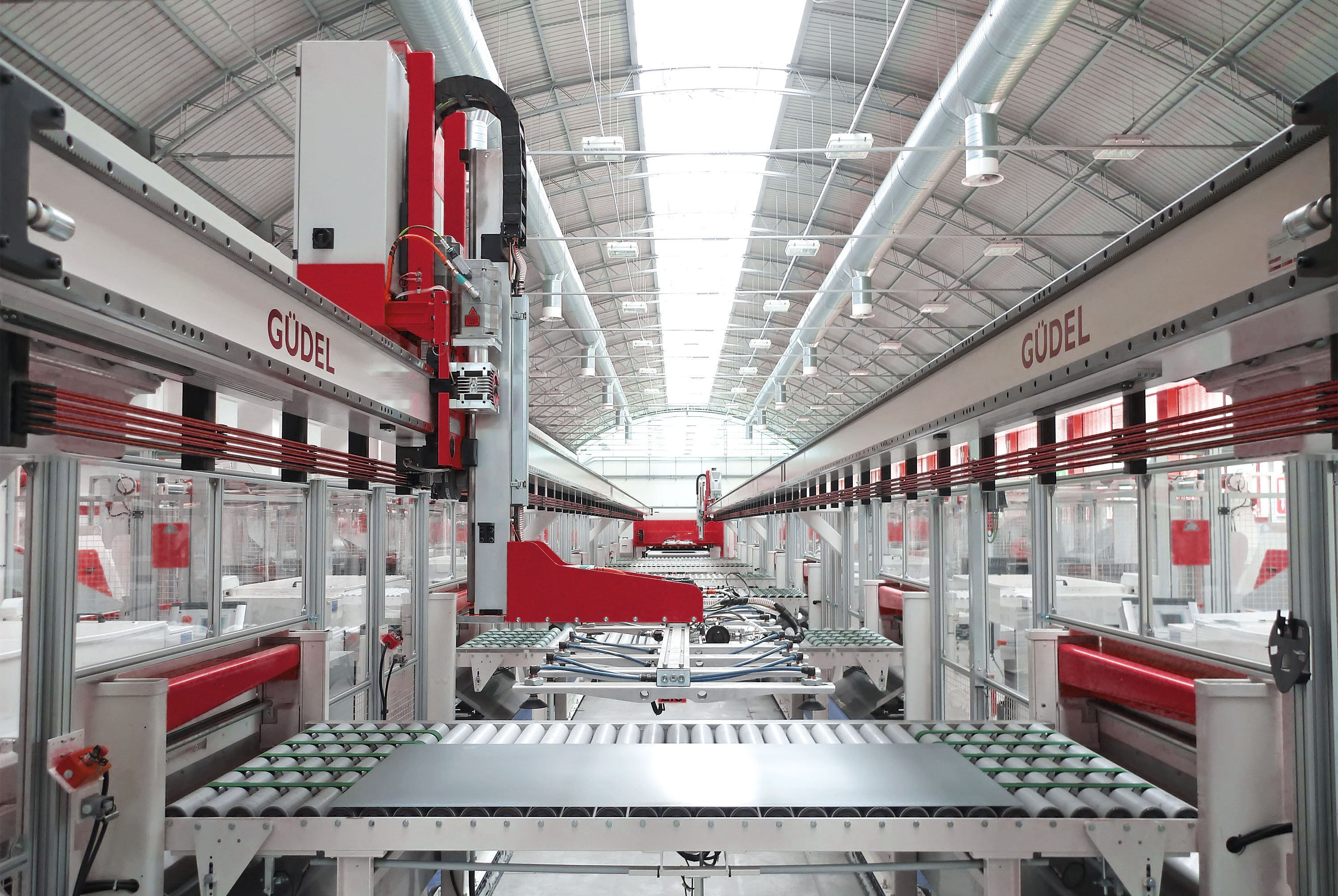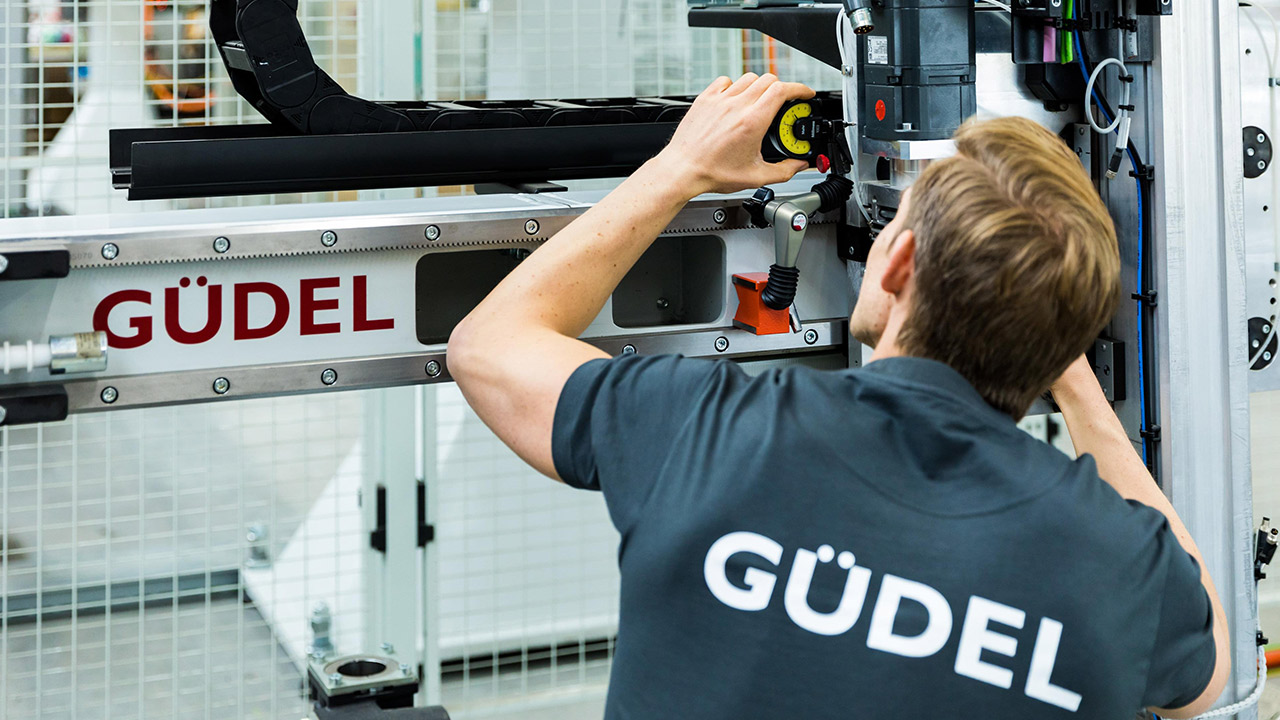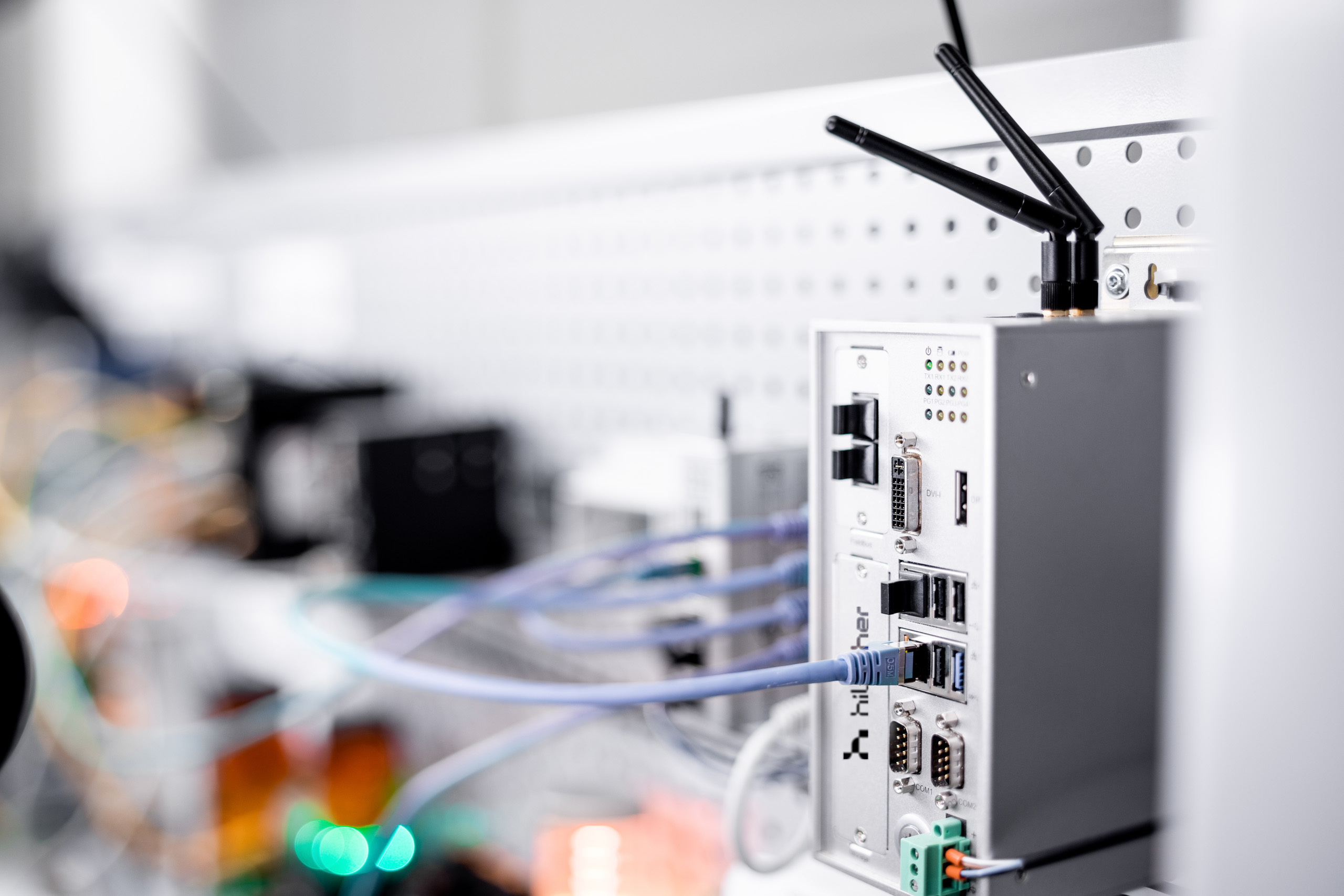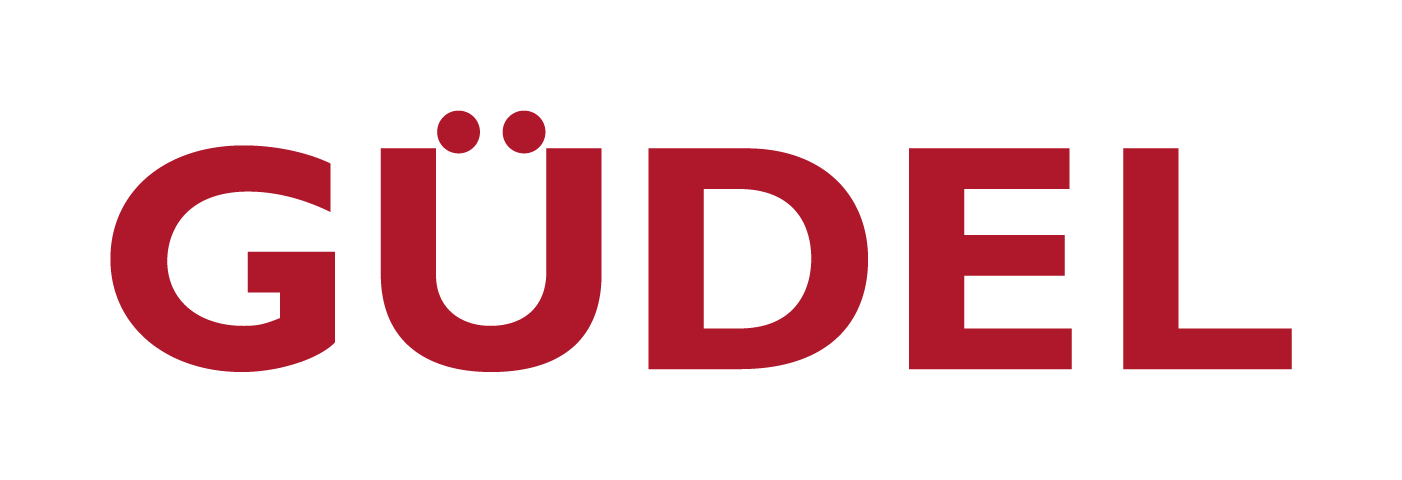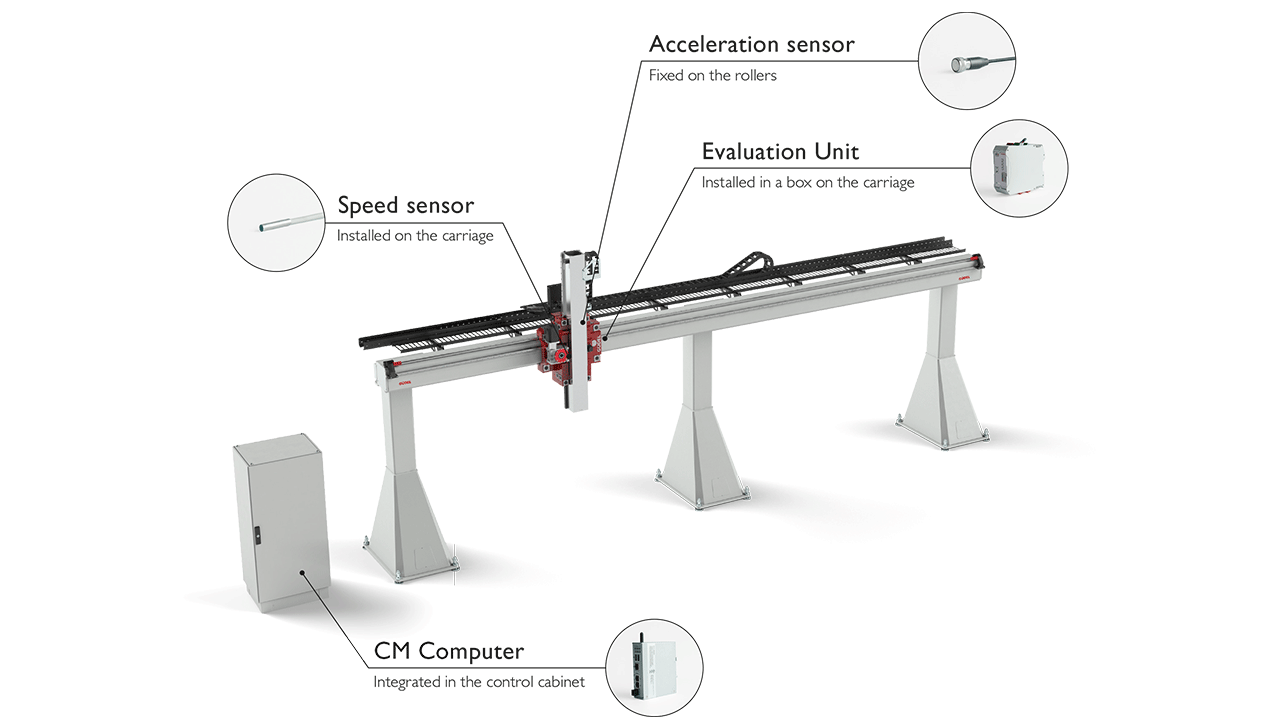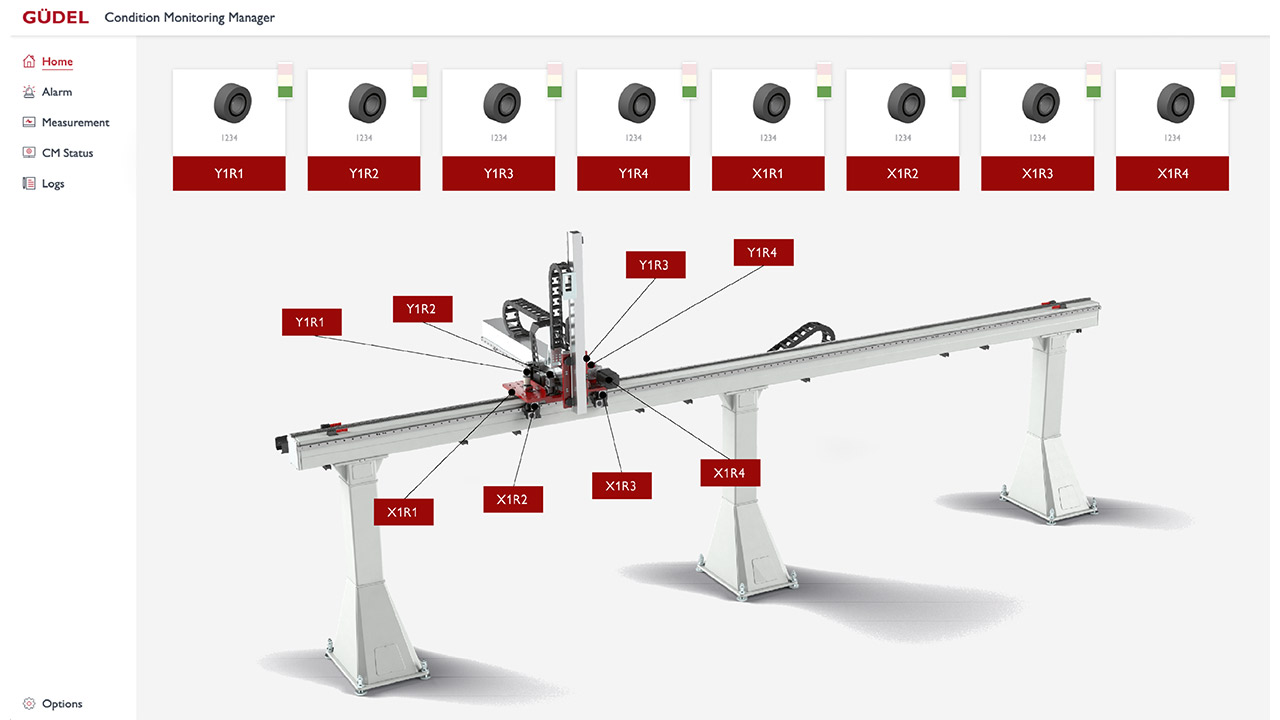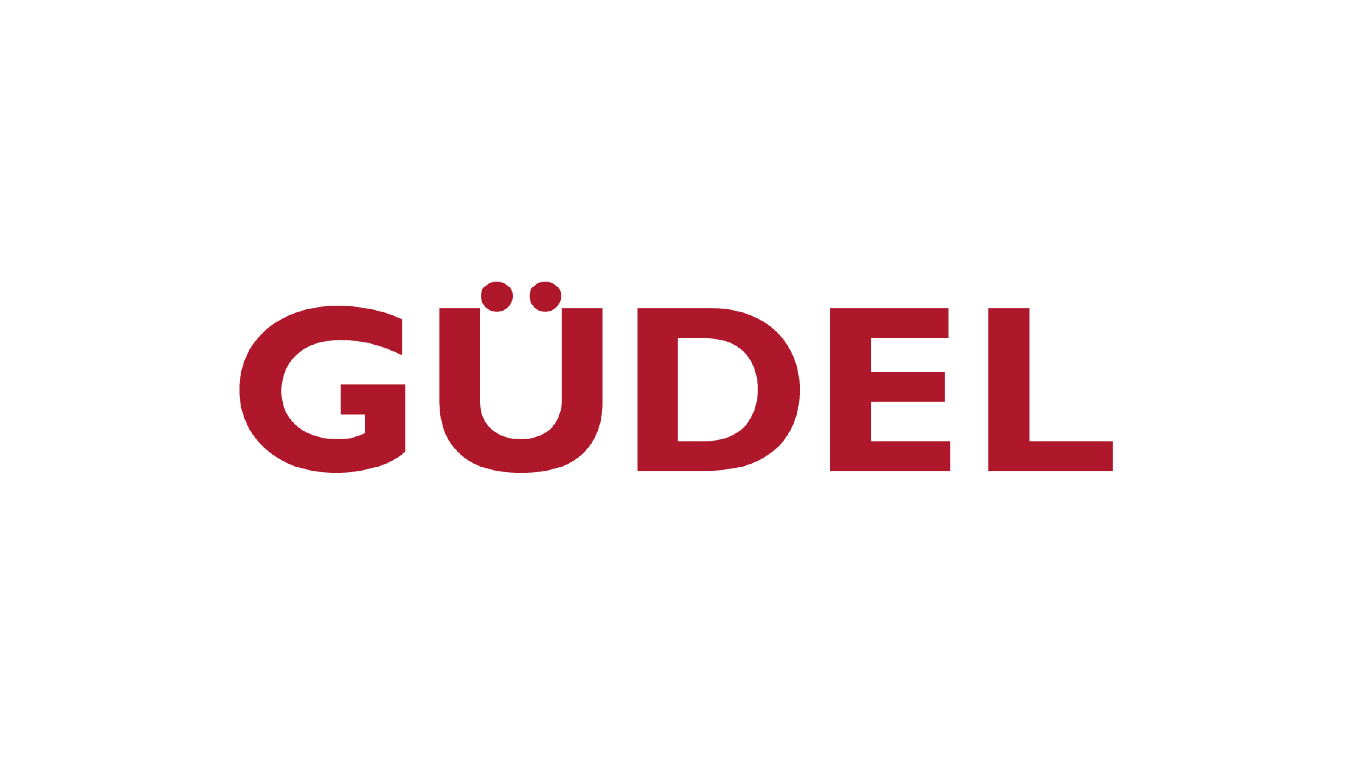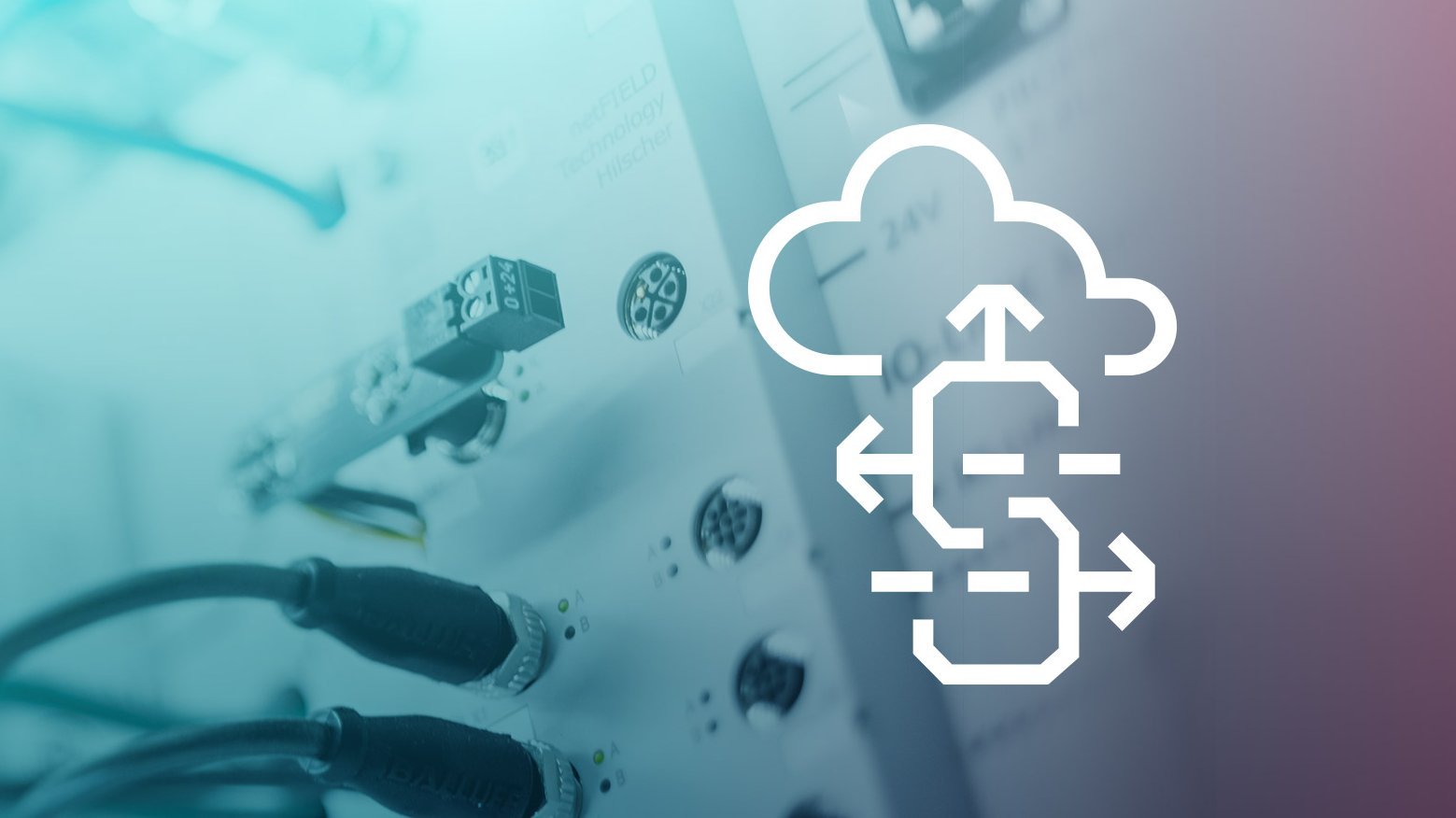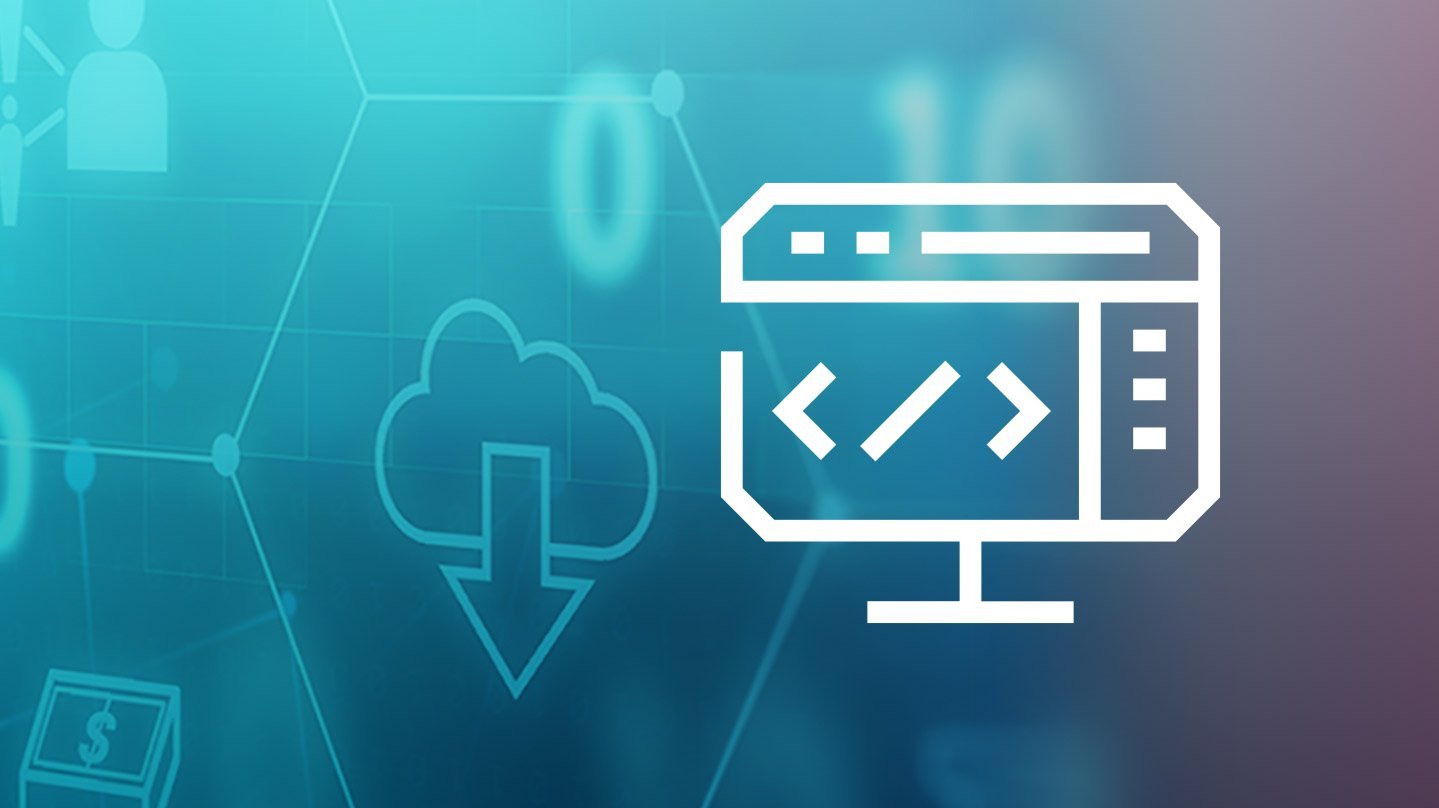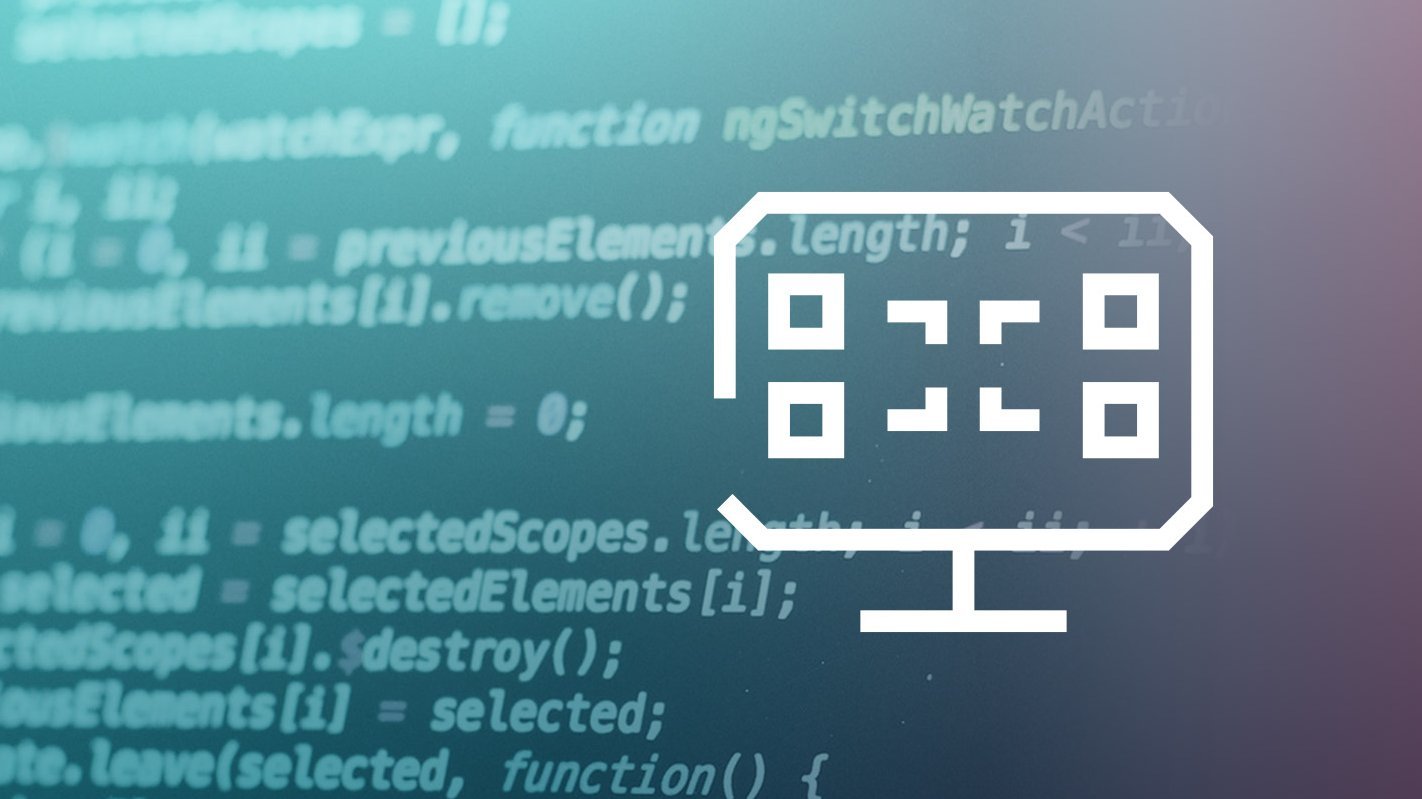Güdel Group AG, with headquarters in Langenthal, Switzerland, is a global supplier of machine components and intelligent automation solutions. They offer a wide range of products, from linear axes and gantries to robot drive axes and multi-axis gantries. They also provide a range of necessary components including gears, linear guides and rack and pinions. The Swiss family-owned company is well known for their 7th axis for robots. This allows a robotic arm to be used more flexibly along a production line using a linear axis.
With their range of products, Güdel serves a wide range of industries, but with a special focus on the automotive industry. Especially in press automation — the automated production of car body parts in highspeed production lines — axis systems and gantries must meet the most demanding requirements. The high-quality automation solutions are also used in a number of other industries, including logistics, food, wood and pharmaceutical industries.
